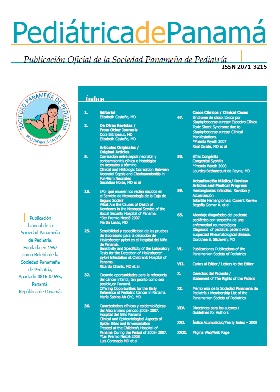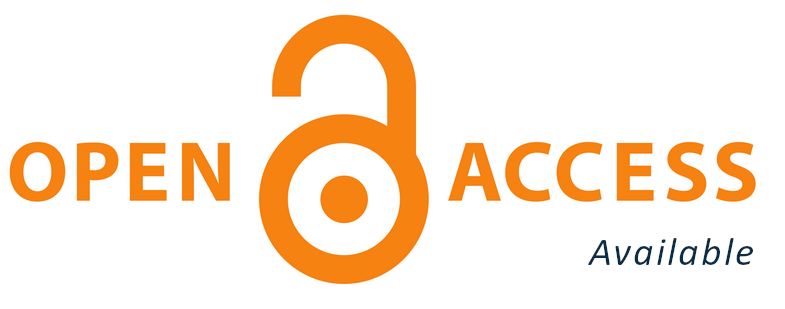Impact in the early diagnosis of hemolytic disease of the newborn in neonates greater than 2kg by screening bilirubins by transcutaneous method
Authors
DOI:
https://doi.org/10.37980/im.journal.rspp.20181609Keywords:
Isoimmunization , ABO, Rh, haemolytic disease, newbornAbstract
Introduction: The hemolytic disease of the newborn is an autoimmune immunological condition in which the life of the erythrocyte is shortened as a result of the action of maternal antibodies. The severity of the disease is associated with anemia, thrombocytopenia, intrauterine fetal death, kernicterus, coagulation defects, hypoglycemia, ascites and hydrps. The objective of this study was to compare the impact of the implementation of interventions for the diagnosis of this pathology in the neonatology service of the Hospital del Niño. Materials and methods: Newborn infants from Santo Tomás Hospital> 2 kg were evaluated with diagnosis of isoimmunization (ABO or Rh) in two periods, before and after the implementation of bilirubin screening by transcutaneous method from January 1, 2015 to December 31, 2016; the type of isoimmunization, age at diagnosis, days of phototherapy received, hospital days, use of immunoglobulins and complications were taken into account, P value is obtained to compare one period with another and evaluate its significance. Results: 460 patients are obtained; 230 for each period. A total of 422 patients met the inclusion criteria (203 for the first period and 219 for the second). Among the results, it was observed that 95.6% of ABO group incompatibility predominated over Rh isoimmunization in both periods; with mild prevalence of OA isoimmunization. Serum bilirubins at the time of admission to neonatal ward 2 decreased> 5 mg / dl in the second period (13.27 and 8.05 respectively) and in terms of the days of phototherapy a decrease of 4.2 days was found for the first period and 2.6 days in the second period, as well as the inpatient stay from 5.2 to 2.8 days. The age at the time of diagnosis decreased from 33.8 hours to 15.4 hours in the second period and the frequency of exanguine-transfusions decreased from 6.9% to 2.3% in the second period. Conclusion: Early uptake of born with hemolytic disease was observed, decreasing the duration of in-hospital stay.
Downloads
Published
Issue
Section
License
Copyright (c) 2020 Infomedic InternationalDerechos autoriales y de reproducibilidad. La Revista Pediátrica de Panamá es un ente académico, sin fines de lucro, que forma parte de la Sociedad Panameña de Pediatría. Sus publicaciones son de tipo gratuito, para uso individual y académico. El autor, al publicar en la Revista otorga sus derechos permanente para que su contenido sea editado por la Sociedad y distribuido Infomedic International bajo la Licencia de uso de distribución. Las polítcas de distribución dependerán del tipo de envío seleccionado por el autor.






